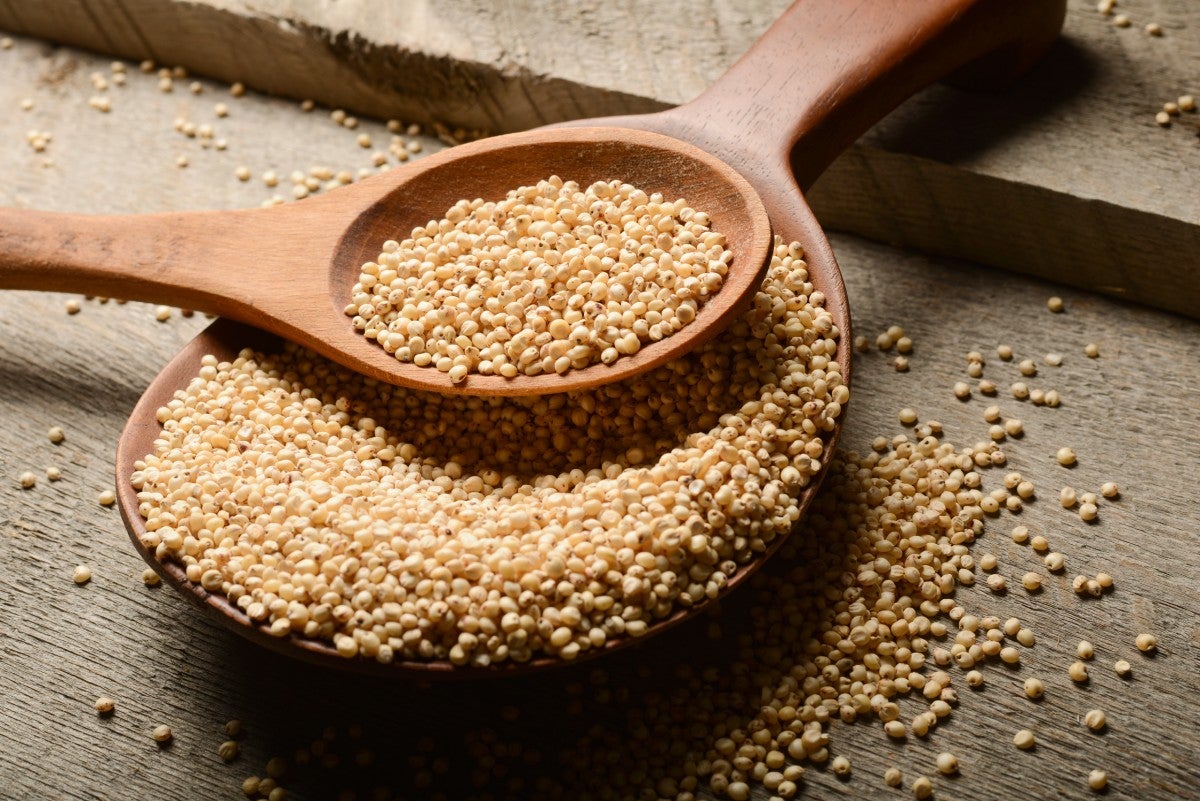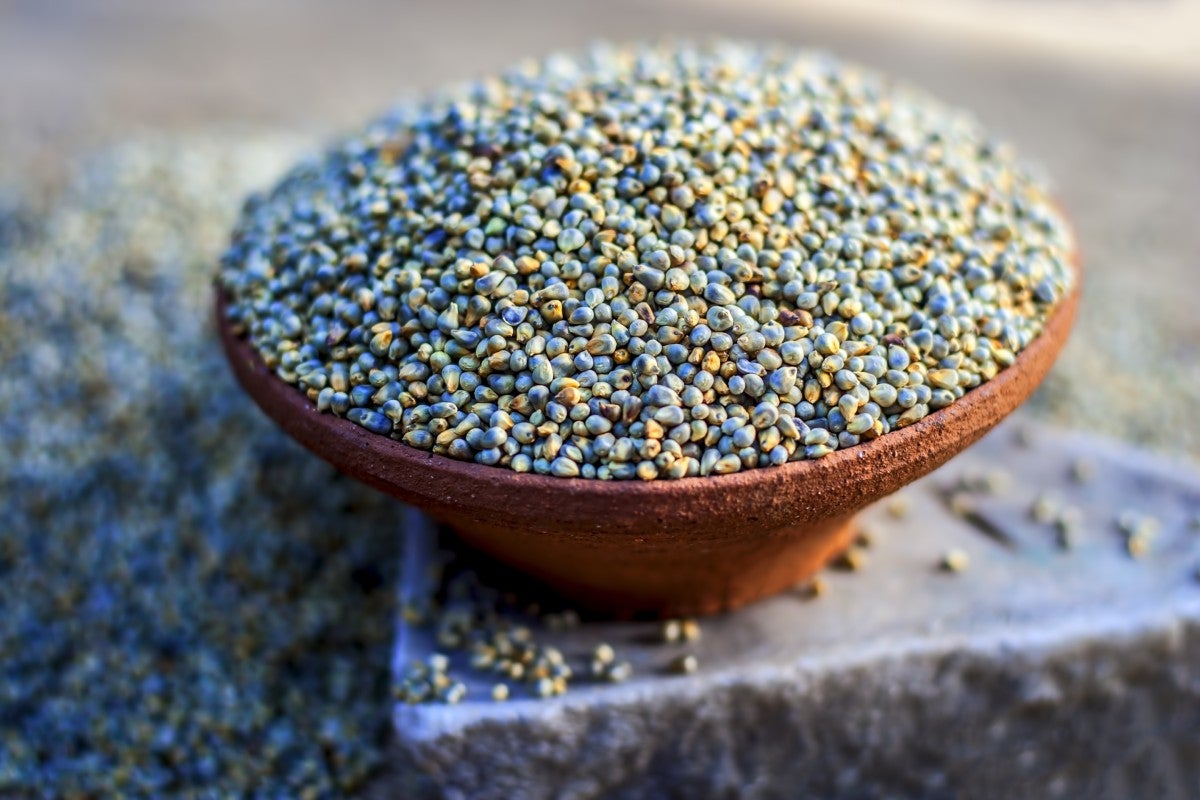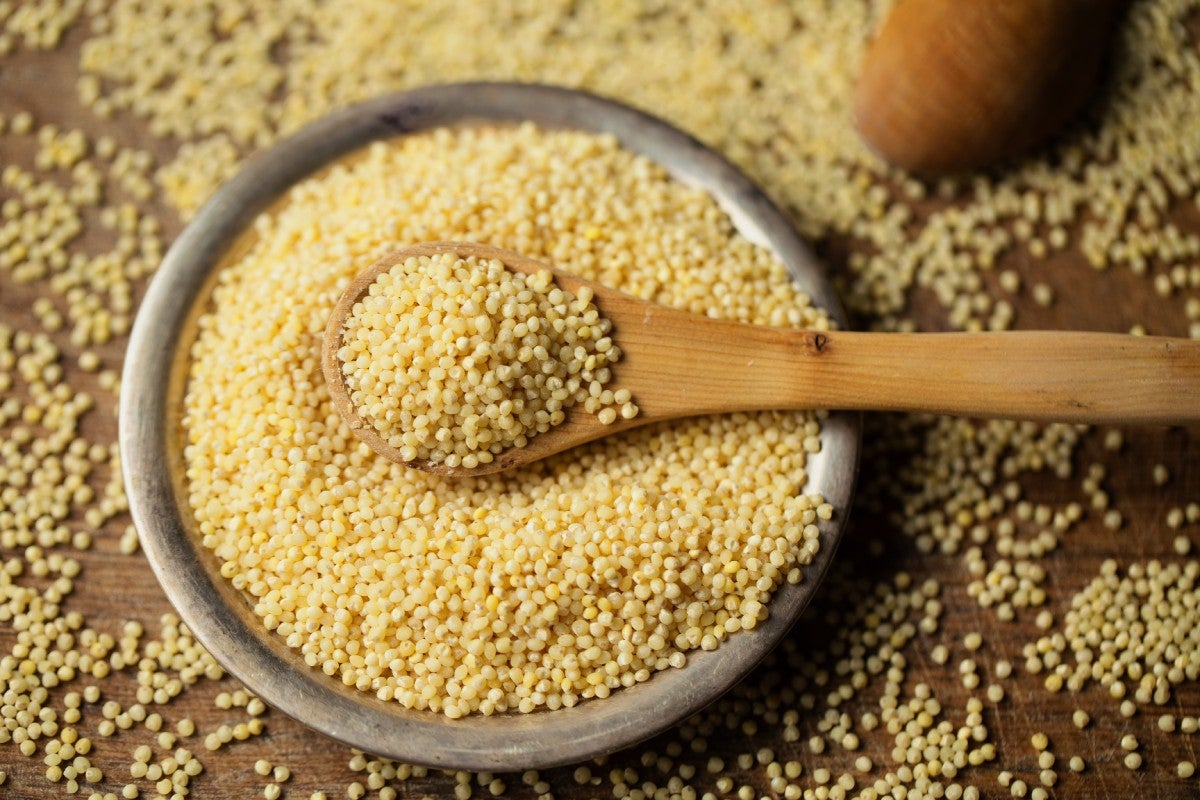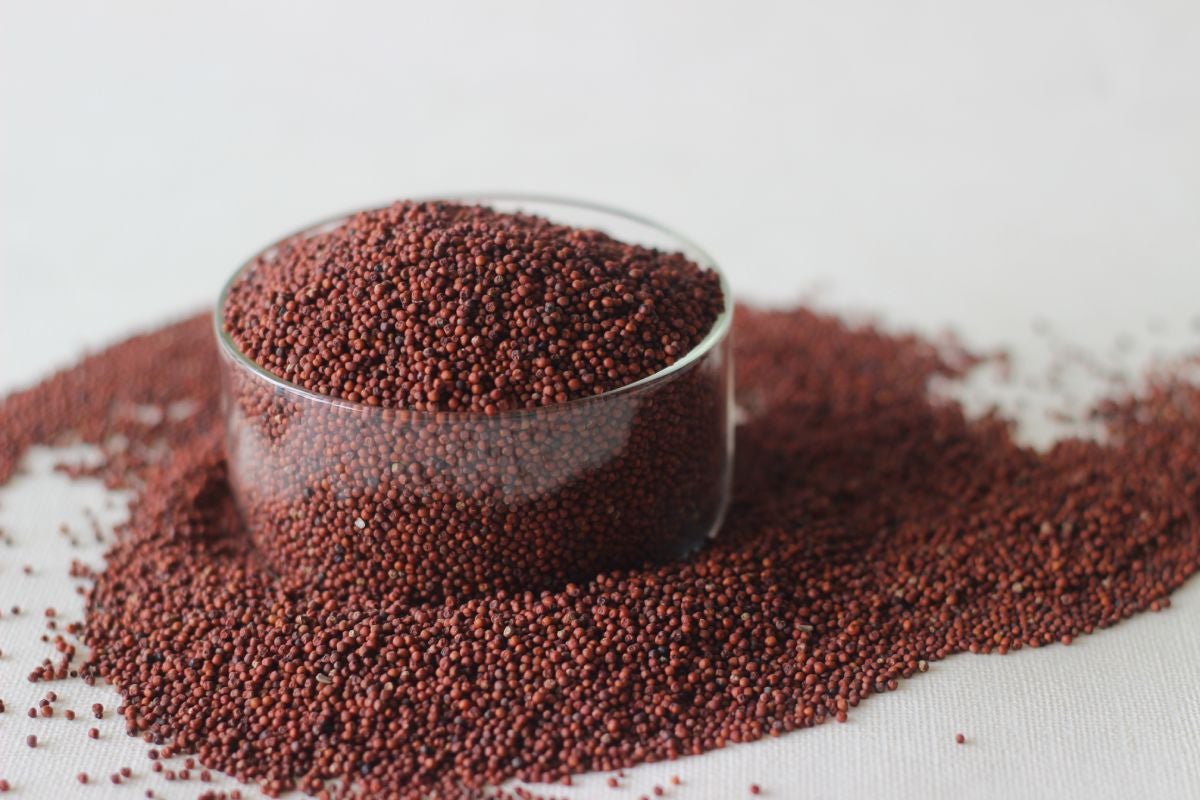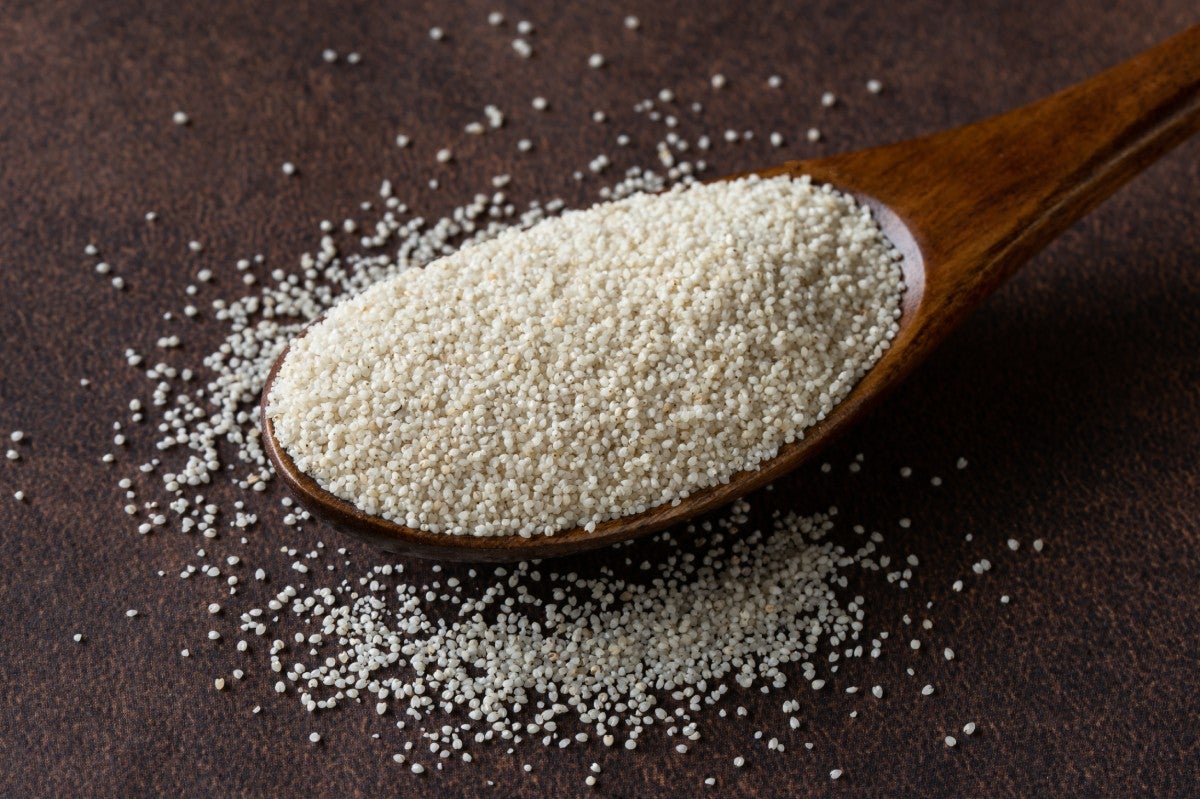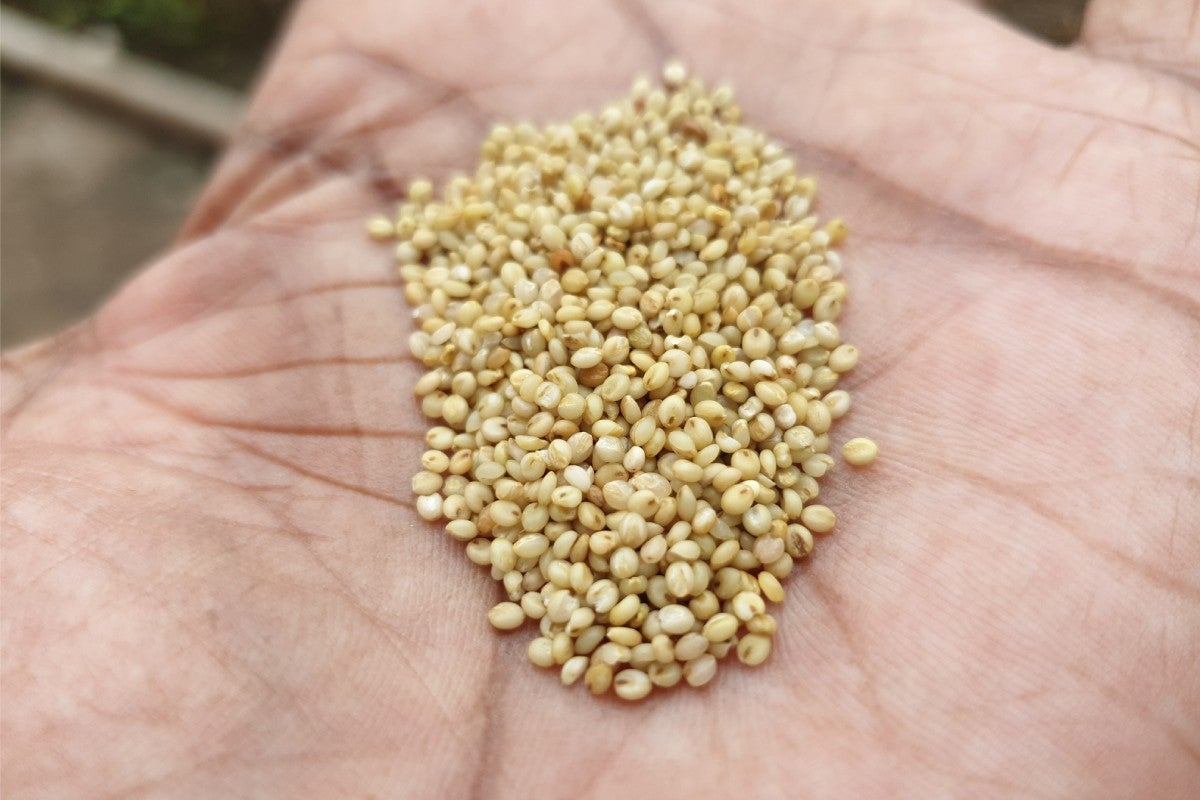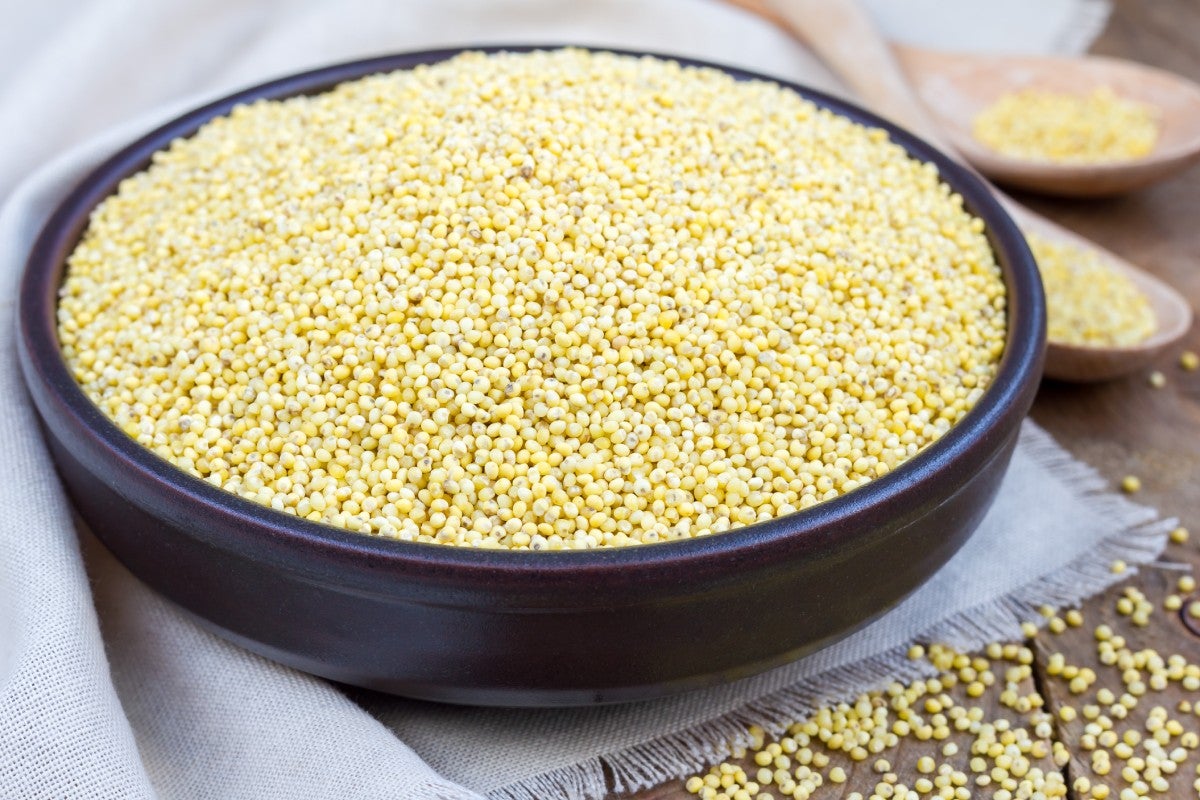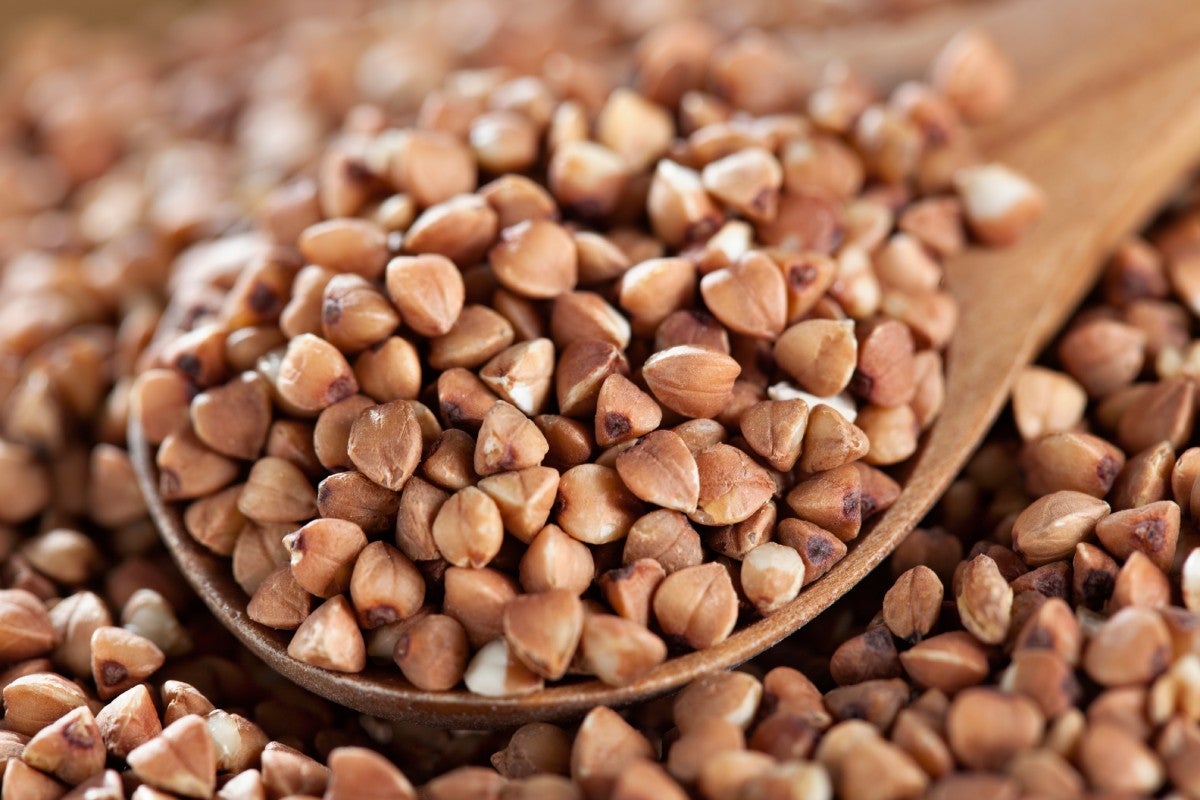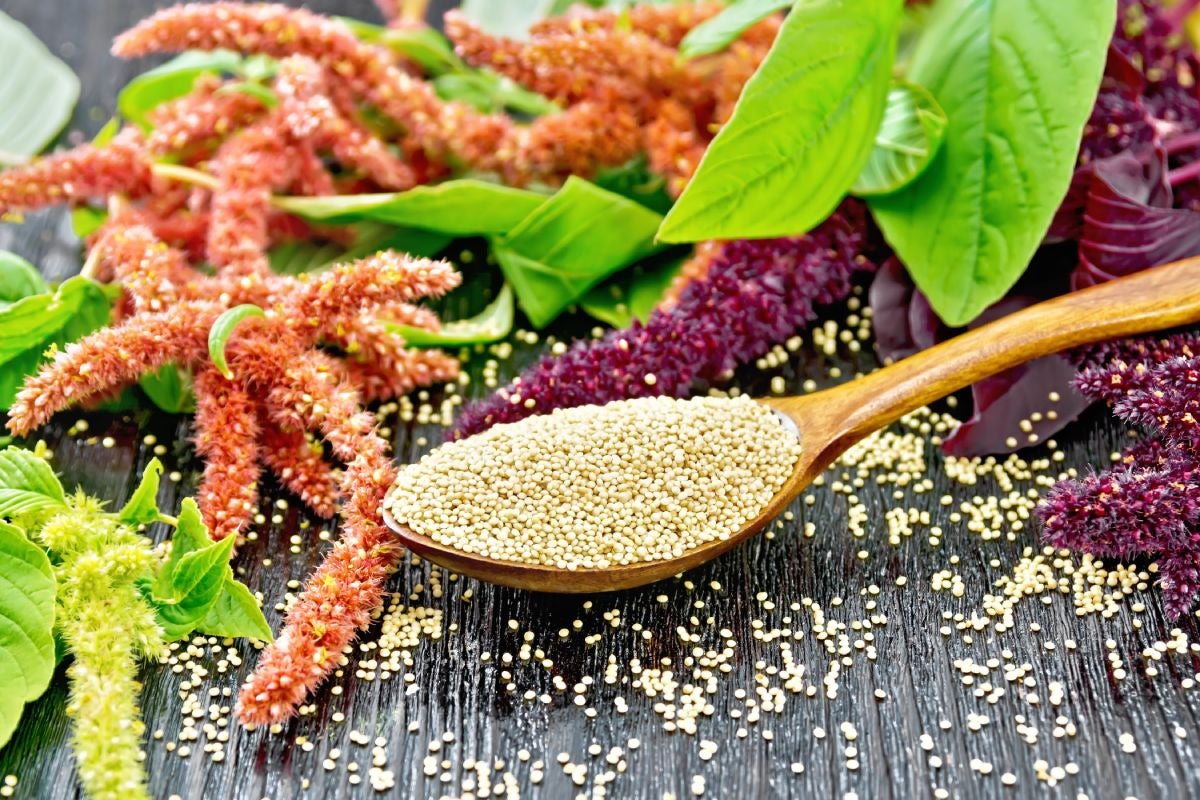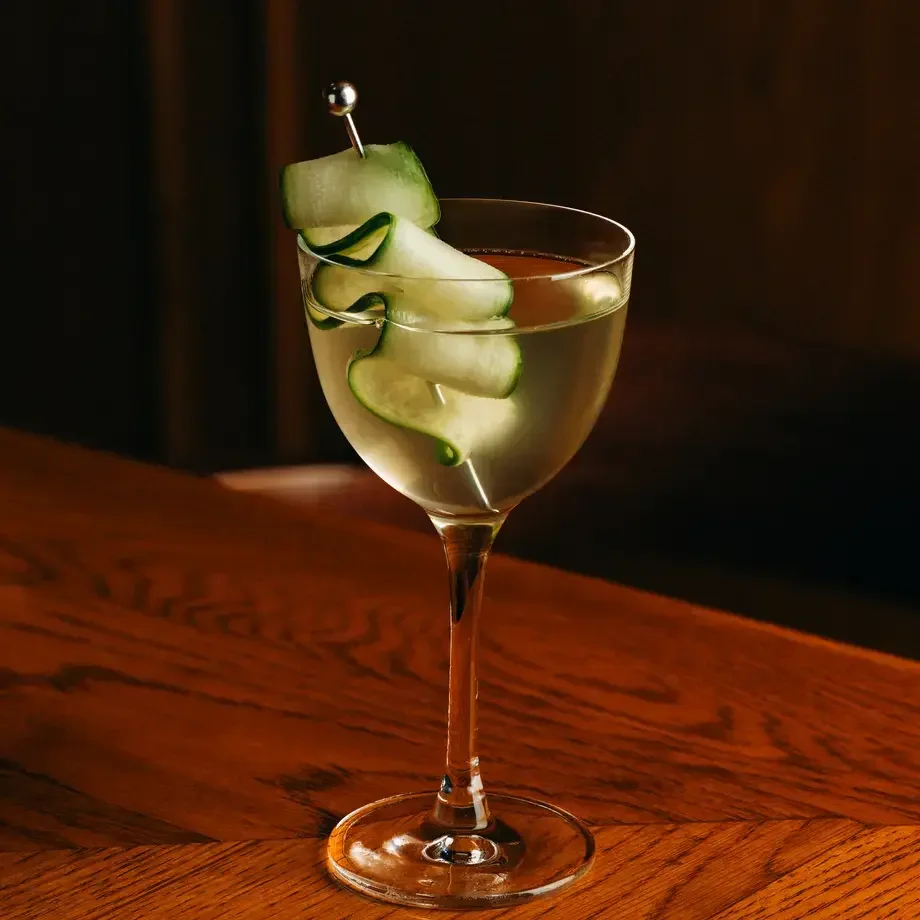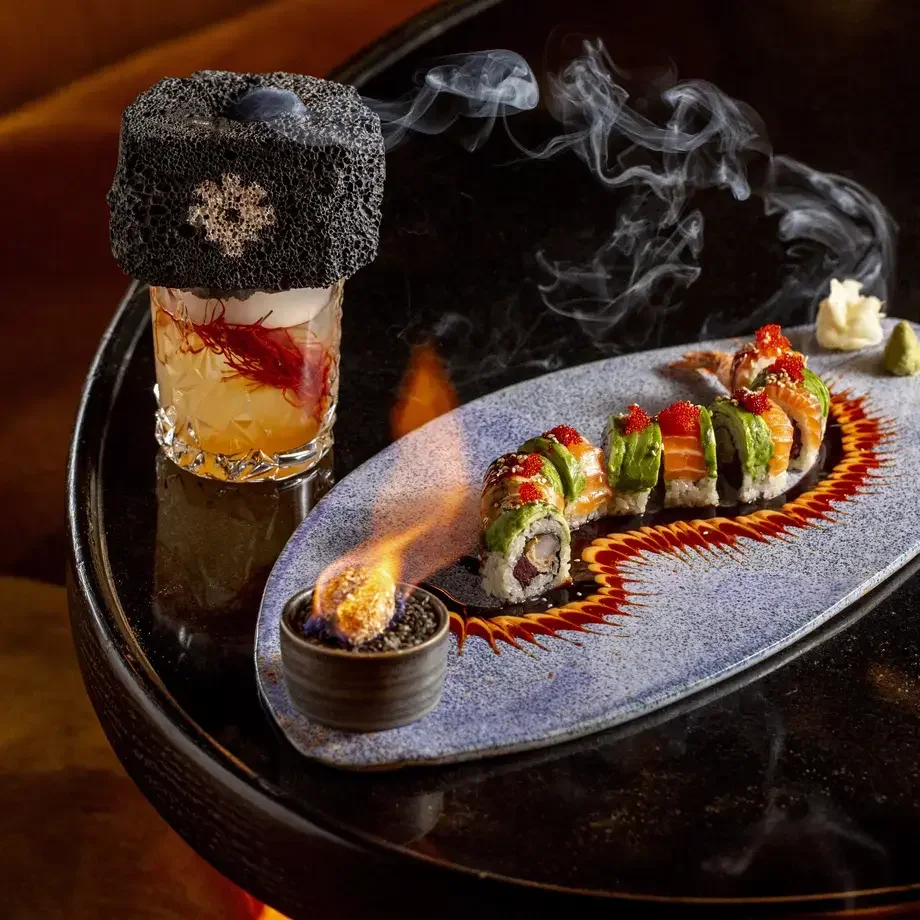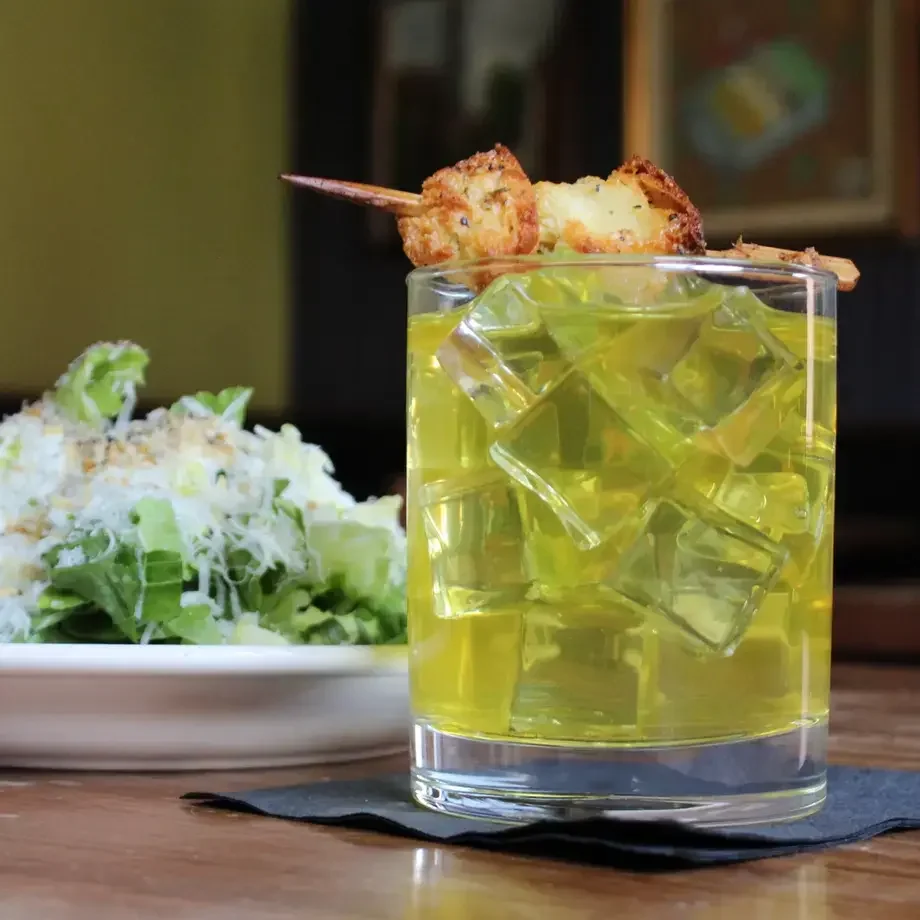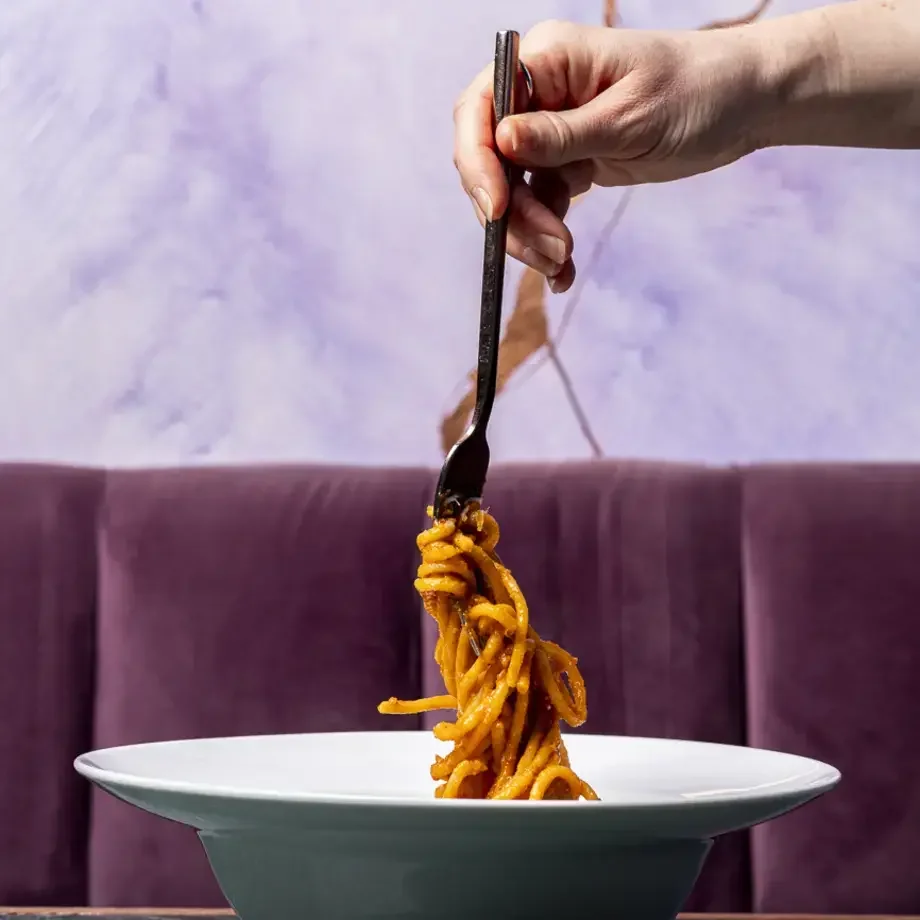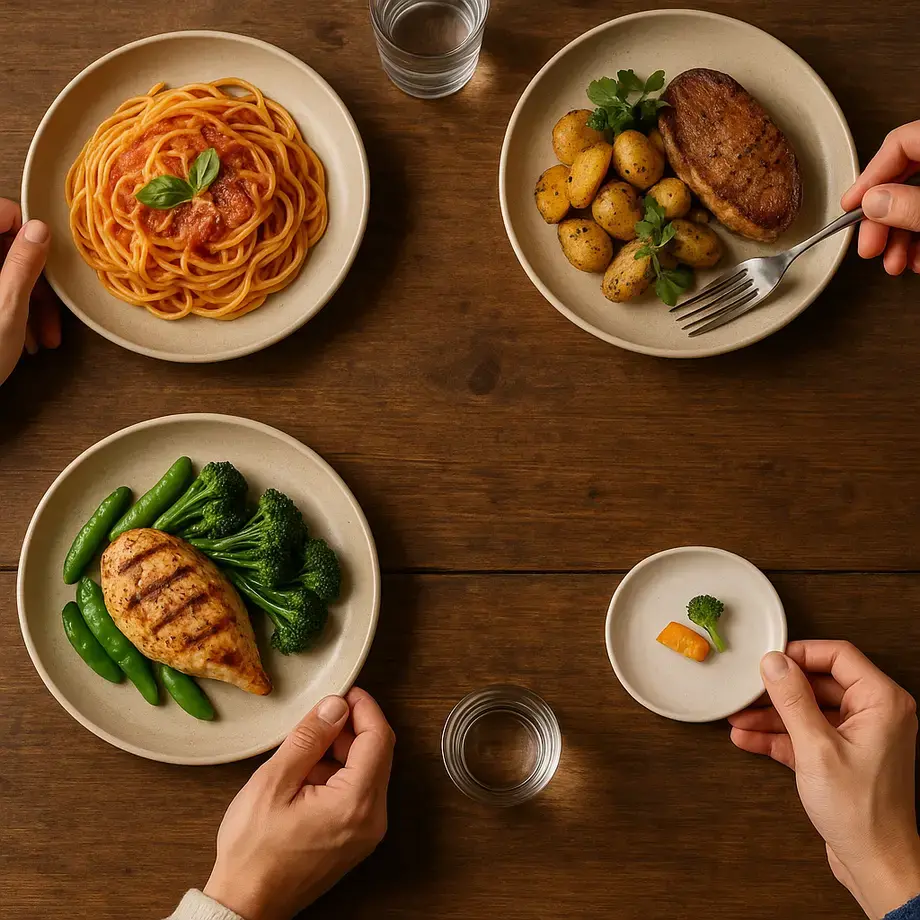Millets are a grain from the grass family Poaceae and can be classified as an ‘ancient grain’, in fact the cultivation of millets predates that of other grains such as wheat. It is grown widely in Africa, particularly in West Africa, and Asia. While today, millets, at least in the developed world are often considered nothing more than cattle feed, they are coming back into fashion as an easily digestible, gluten-free, nutritious and easy to grow food.
Millets are drought and disease resistant and and grow in places where less hardy grains can’t. For this reason the UN General Assembly declared 2023 the International Year of Millets to promote them as a solution to alleviating hunger.
Basque World Culinary Prize winner Fatmata Binta is working with the Food and Agriculture Organization of the United Nations on the #IYM2023 Global Chefs Challenge, in order to promote the use of millets in daily cooking. She is challenging chefs, cooks and foodies to try cooing with millets and to share their ideas on recipes with the tags @FAO, #IYM2023 and #YearofMillets.
While chef Binta is a proponent of fonio, a millet she grew up eating there are many that people can use.
Here are 10 different types of millets and how to use them.


